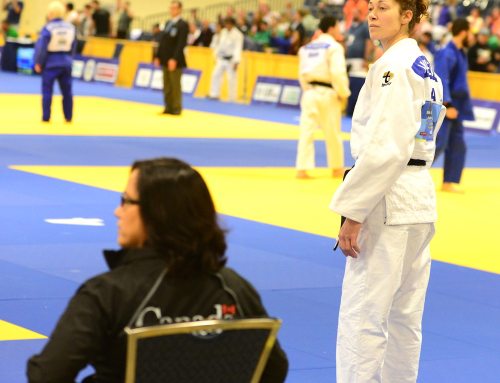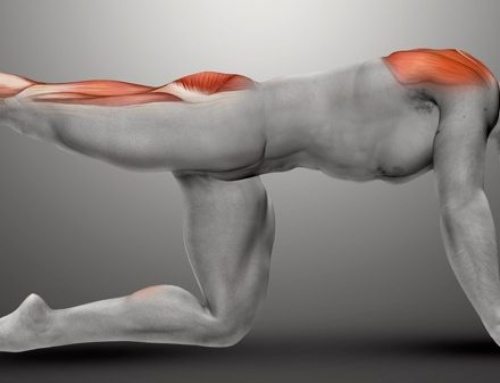
By Brian Schiff
Are you looking for a competitive advantage in your next triathlon? Aside from the traditional time spent on the road and in the pool, your gym routine will also make a big difference in your performance. For seasoned competitors, including plyometric training in your weekly workouts will help shave off time while giving you an extra burst of speed and power when you need it the most.
Essentially, plometric training is explosive exercise designed to improve power output. This is accomplished through improving the efficiency of the stretch-shortening cycle of your muscles. Many athletes are familiar with jump training for the lower body, but incorporating upper body/core power training will help with running and swimming performance as well.
This training method places significant energy demand on the body. For that reason, I suggest performing these types of exercises when you are fresh as opposed to after cycling, swimming, or running. The primary benefits of plyometric training include:
- Increased speed
- Increased power
- Improved hill climbing
- Injury prevention
While research has been inconclusive with respect to its impact on running economy, some trainers believe plyometric training can improve it. Including it in your workouts will promote proper absorption of ground reaction forces provided correct form is used.
The following plyometric exercises can be incorporated twice weekly to increase power production. I suggest utilizing them six to eight weeks out from a competition. Include 48-72 hours of rest between workouts. Always focus on quality over quantity with plyometric training. To avoid any exercise-induced muscle soreness, discontinue the exercises one week out from your desired event.
Exercise No. 1 – Split squat jumps
Begin in a split squat position (torso erect). Jump straight up and while mid-air switch the leg positions so that you land with the opposite leg in front. Repeat this cycle 10-15 times (back and forth = one rep). Perform two sets.
Exercise No. 2 – Medicine ball slams
Stand with the feet slightly wider than shoulder-width apart and the medicine ball overhead. Next, rapidly slam the ball to the floor. Catch the ball on the rebound while moving back to the overhead start position. Repeat this cycle 10-15 times. Perform two to three sets. A non-bounce medicine ball is ideal to avoid having the ball come back up too fast, potentially hitting the body.
Exercise No. 4 – Explosive diagonal medicine ball chops
Begin standing with feet shoulder-width apart (knees and hips bent) holding a medicine ball just outside the left hip. Next, explode up diagonally above and across the right shoulder and then back down to the start position as fast as possible. The upward momentum should take your heels off the ground. Repeat 10-15 times and then switch sides. Perform two sets.
Exercise No. 5 – Bounding
Begin standing on the left foot (knee bent about 45 degrees). Next, explode forward as far as possible and land on the right foot. Upon landing on the right foot, explode forward again and land on the left foot. Repeat this pattern, covering a distance of 10-15 yards. Perform four repetitions covering this distance. The goal is to cover as much ground as possible with the fewest steps.
Keep in mind that these exercises are high-demand. Warming up prior to initiating them is a must. I recommend starting slowly with fewer reps and sets if you have not done plyometric training before. In addition, you should be doing regular strength training for the core and upper/lower body to reap the maximum benefits from these drills.
# # #
Brian Schiff, PT,CSCS is a sports physical therapist and supervisor at the Athletic Performance Center in Raleigh. The APC in Raleigh and Cary currently offer a RunSmart Assessment, available in group and individual formats. For more information, visit www.apcraleigh.com or www.apccary.com.





